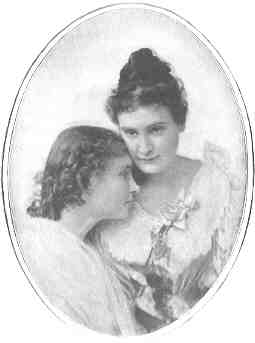|
Condamnés à mort par la Révolution:
^top^
1794 (13 prairial an II):
PIEDFORT Jacques Joseph, 25 ans, célibataire, né
à Reclinghem, (St Omer), à Arras
CAUDRILLIER Pierre Nicolas, ancien palfrenier des
gardes du tyran roi, domicilié à Versailles (Seine et Oise), comme
émigré, par le tribunal criminel dudit département.
CAMUS
Jean, journalier, domicilié à Martigué-der-Chaux (Ille-et-Vilaine),
comme brigand de la Vendée, par la commission militaire séante à
Laval.
MOULAU Louis (dit Laretry), domicilié à Laval (Mayenne),
par la commission révolutionnaire de Laval.
Domiciliés dans le département du
Gard, comme fédéralistes, par le tribunal criminel dudit département:
BREST Louis, homme de loi et juge au tribunal du
district de Sommière, domicilié à Nismes.
CHAS (dit Castor), fabricant et officier municipal
domicilié à Nismes.
PEYRON Antoine, homme de loi, juge du tribunal
du district, domicilié à Baucaire.
Par le tribunal révolutionnaire
séant à Cambray (Nord):
DESMOULINS Jean Baptiste, cultivateur, comme convaincu
d'avoir fourni des vivres à l'ennemi.
RAIMOND Menismer, cultivateur, domicilié à Cambray,
comme ayant adressé un placet à Colourg pour le succès de ses armes.
Par le tribunal révolutionnaire
de Paris:
AUGER Jean, 23 ans, brigadier-fourrier dans le
8e régiment d'hussards, né et domicilié à Paris, convaincu
d'être complice d'une conspiration contre la liberté du peuple français,
soit en cachant du numéraire dans la terre, soit en entretenant
des intelligences avec les ennemis de l'extérieur.
BELLET Thomas Auguste, 37 ans, né à Paris, ex audiencier
de la chambre des compte de Paris, comme convaincu d'avoir caché
du numéraire pour le soustraire au recherches de la nation, à l'effet
de le réserver aux ennemis de d'avoir tenu des propos contre la
révolution.
SERIGNY Jacques, ex curé de Famigny, 53 ans, né
et domicilié à Bouillant (Côte-d'Or), comme contre-révolutionnaire
ayant dit que la nation ne gagnerait jamais, que les nobles et le
clergé rentreraient bientôt dans leurs droits, et que s'il ne tenait
qu'à lui et à sa servante, il ferait couper le cou à la Convention.
...
comme conspirateurs:
BERTIER Etienne, 43 ans, né à Besançon, fondeur
et doreur, domicilié à Dijon (Côte-d'Or), comme conspirateur.
LEVASSEUR Jean, ex curé de Saumont-la-Patrie, 38
ans, né à Trillie (Seine Inférieure), domicilié à Gournay, même
département.
MILLIN Jérôme Robert, (dit Duperreux), ex administrateur
des loteries, 62 ans, né à Nevers (Nièvre), domicilié au Perreux
(Seine).
...
domiciliés à Paris:
BOISMARIE Louis, instituteur, 23 ans, né à Longwy
(Orne). — BRILLE Louis Martin, marchand de
journaux.
CHAUVEREAU François Mar., 37 and, né à Tours (Indre
et Loire), commis marchand.
DUBREUIL Gilbert, 49 ans, né à Muetz (Creuze),
valet de chambre de Gilbert de Voisin.
MEGARD Jacques Adrien, agent de Torelly, napolitain,
26 ans, né à Rathieville (Seine Inférieure).
...
et nés à Paris:
BRILLON Alexandre, (dit St Cyr), 52 ans, ex maître
de chambre des comptes de Paris.
DUFOULEUR Jean François, 38 ans, notaire —
GERMAIN Louis Joseph, marchand d'étoffes de soie,
38 ans |
 1952
Linus's
security blanket appears for the first time in Peanuts
[shown below]
1952
Linus's
security blanket appears for the first time in Peanuts
[shown below]
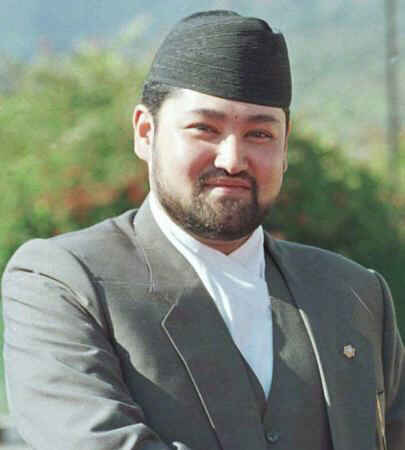
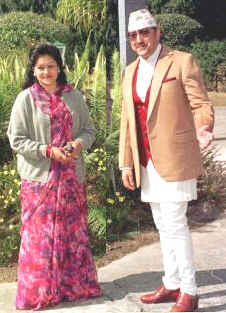 2001
2001
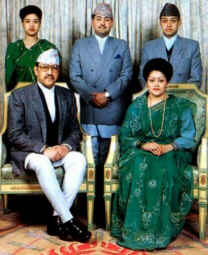
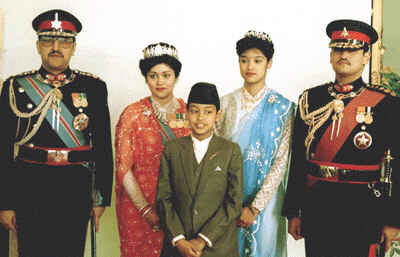
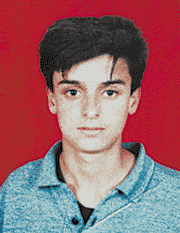 Hamas man from Qalqilyah bombed disco By Daniel Sobelman and Amos Harel
Ha'aretz Correspondents and Agencies The Dolphi-Disco suicide bomber was
Sa'id Hutari, 22, from Qalqilyah refugee camp in the West Bank, according
to a statement Hamas released yesterday. The radical Islamic movement said
Hutari was a Hamas supporter, but it did not take responsibility for the
terrorist attack that left 19 people dead. The Hamas statement said Hutari
had attended prayer services at the Ali ben Abu Taleb mosque in Qalqilyah
and had also joined religious classes there. Palestinian Authority security
sources said Hutari, whose family lives in Jordan, had been a sergeant in
the Jordanian army. He moved to Qalqilyah with his brother about two years
ago, leaving the rest of his family in Jordan. According to the PA sources,
Hutari was arrested and held for 12 days by Palestinian security forces
two months ago following a suicide bomb attack in March that killed two
Israeli youths and wounded four. That attack, in Neveh Yamin, was carried
out by a friend of Hutari's, Fadi Atallah. Hezbollah television station,
Al-Manar, reported last night that the military wing of Hamas, Az a Din
al Kassam, had taken responsibility for Friday's suicide bombing. In an
interview with Abu Dhabi television yesterday, Hutari's father Hassan said
he did not regret his son's action, adding that Sa'id's bravery would be
remembered by Palestinians. "If I had 20 children, I would send them to
commit suicide in Israel and kill Israelis," he said. Israeli security sources
said they had numerous reports about preparations for more terror attacks
by Hamas.
Hamas man from Qalqilyah bombed disco By Daniel Sobelman and Amos Harel
Ha'aretz Correspondents and Agencies The Dolphi-Disco suicide bomber was
Sa'id Hutari, 22, from Qalqilyah refugee camp in the West Bank, according
to a statement Hamas released yesterday. The radical Islamic movement said
Hutari was a Hamas supporter, but it did not take responsibility for the
terrorist attack that left 19 people dead. The Hamas statement said Hutari
had attended prayer services at the Ali ben Abu Taleb mosque in Qalqilyah
and had also joined religious classes there. Palestinian Authority security
sources said Hutari, whose family lives in Jordan, had been a sergeant in
the Jordanian army. He moved to Qalqilyah with his brother about two years
ago, leaving the rest of his family in Jordan. According to the PA sources,
Hutari was arrested and held for 12 days by Palestinian security forces
two months ago following a suicide bomb attack in March that killed two
Israeli youths and wounded four. That attack, in Neveh Yamin, was carried
out by a friend of Hutari's, Fadi Atallah. Hezbollah television station,
Al-Manar, reported last night that the military wing of Hamas, Az a Din
al Kassam, had taken responsibility for Friday's suicide bombing. In an
interview with Abu Dhabi television yesterday, Hutari's father Hassan said
he did not regret his son's action, adding that Sa'id's bravery would be
remembered by Palestinians. "If I had 20 children, I would send them to
commit suicide in Israel and kill Israelis," he said. Israeli security sources
said they had numerous reports about preparations for more terror attacks
by Hamas.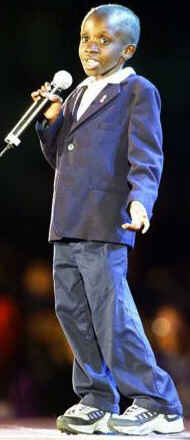 .
Abu Dhabi television identified the attacker as Said Hassan Hotari from
the West Bank town of Qalqilya. Relatives there said the family moved to
Jordan, but Hotari, in his early 20s, lived with an uncle in Qalqilya for
the last two years, and was a close friend of a suicide bomber who blew
himself up on March 28, killing two Israeli children.
.
Abu Dhabi television identified the attacker as Said Hassan Hotari from
the West Bank town of Qalqilya. Relatives there said the family moved to
Jordan, but Hotari, in his early 20s, lived with an uncle in Qalqilya for
the last two years, and was a close friend of a suicide bomber who blew
himself up on March 28, killing two Israeli children. 